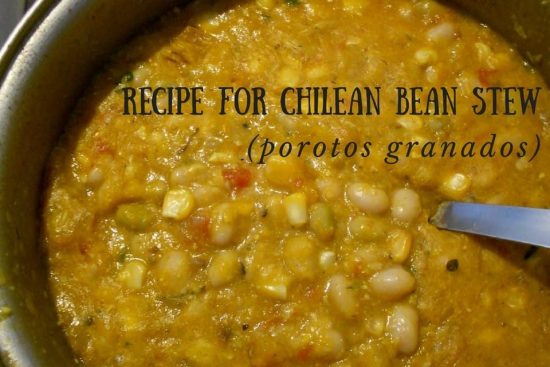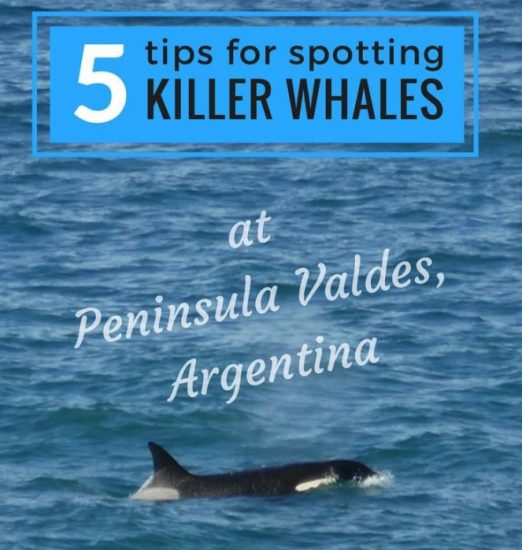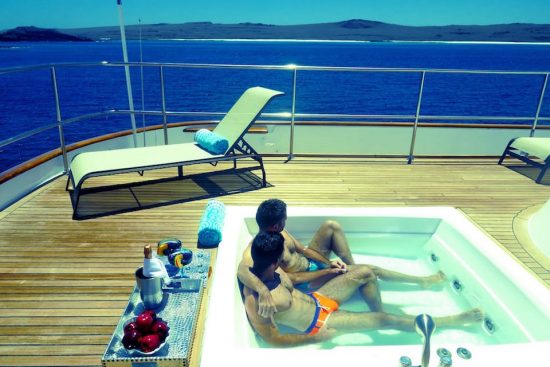
Our greedy Frenchman loves his chips. If he could have his way, Seby would happily spend his entire day gorging on several plates of freshly made chips.
He has Peru to thank for this heavenly potato comfort food, specifically the Incas.
The Inca Indians in Peru were the first to cultivate potatoes, as far back as 8,000 BC. When the Spanish conquered in the 1500s and discovered the flavours of the potatoes, they shipped them back to Europe, thus causing the evolution of Seby’s favourite food.
These are our other 10 other cultural and interesting facts about Peru you need to know.
#1 LAND OF THE INCAS: a mighty and influential Empire
Peru is famously known as the Land of the Incas. They came from the Peruvian highlands in the early 1200s and ruled for over 300 years until the Spanish conquered them in 1572. At its peak, the Inca Empire was one of the largest in the world, covering modern day Ecuador, Peru, Bolivia, Argentina and Chile.
Cusco was the most important city in this massive empire and Quechua was the main language spoken within this ancient civilisation.
The influence of the Incas is still prominent today. As well as the potato, Quechua is still spoken by almost 5 million Peruvians, and of course they left behind spectacular world wonders like Machu Picchu.
#2 CUY: the Inca guinea pig delicacy
Guinea pigs (cuy or cuyes for plural) used to be considered an important food source in ancient Peru, well before the Incas arrived in the 1200s.
This tradition has survived and today in most rural Andean households across Peru, families will keep tens and hundreds of cuyes scurrying around their kitchen floor. It’s estimated that Peruvians consume around 65 million cuyes every year.
By Stefan Arestis – Full Story at the Nomadic Boys
Peru Gay Travel Resources










